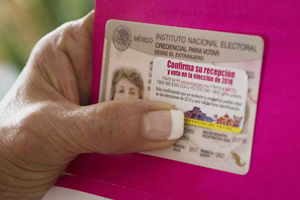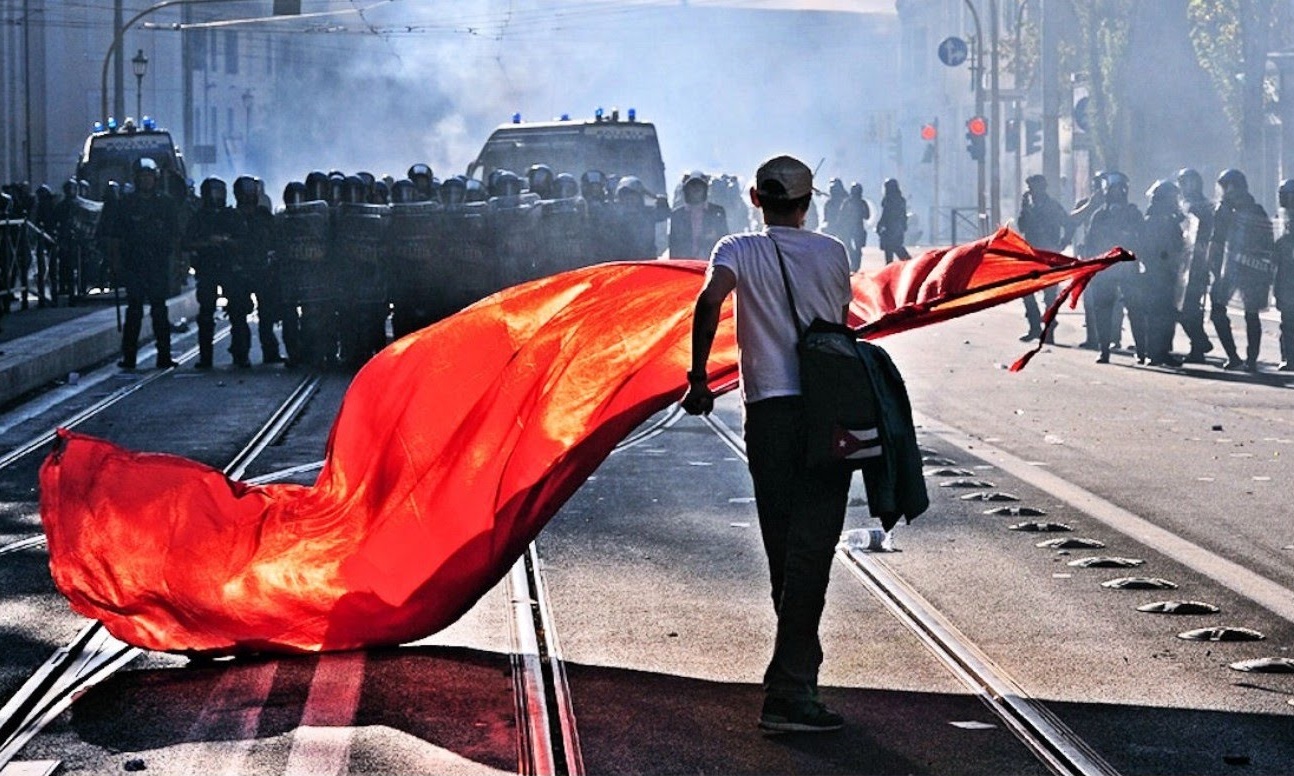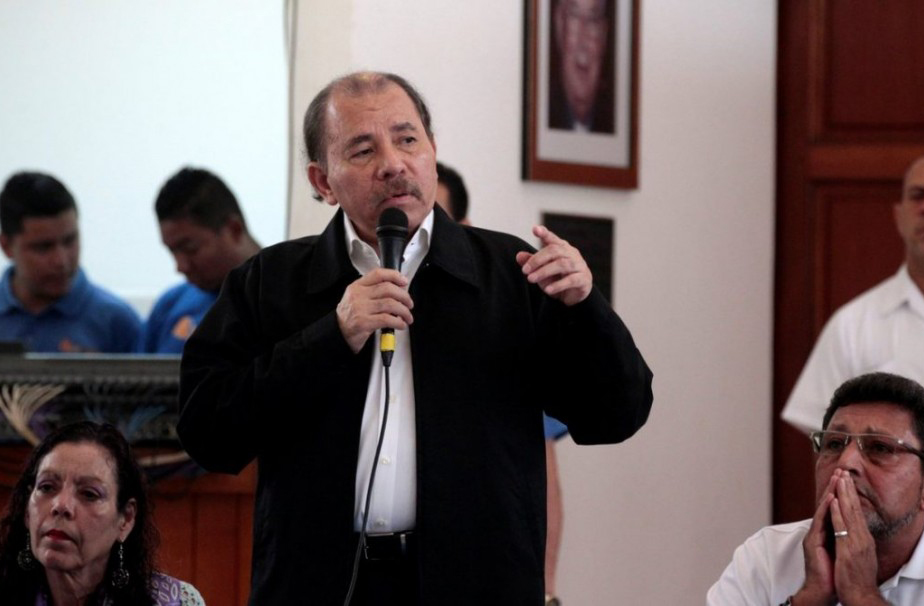This June I have immersed myself so deeply in the human pain that my Nicaraguan compatriots are experiencing, that I missed some important dates in my life, such as the 14th anniversary of the death of my beloved father, the journalist José Santos Ramírez Calero, died on June 12, 2004 in SF, to whom I apologize for not even being able to go to the cemetery to leave some flowers. But I love you father, and you will always be with me in my heart. And the other date that has very bittersweet memories for me is Father’s Day as my father died five days earlier.
The month of June has been a month of human disaster in my beloved Nicaragua, which has caused me such deep pain that it has also led me to be absent for long hours, days and months from my normal daily work in front of the computer, from where I bring you El Reportero every week – as I have been following the events of the government killings of national destruction.
The ruthless war that the Nicaraguan government has unleashed against the Nicaraguan people has brought me so close to my homeland in spirit and soul from here in the US, that I have not been able to concentrate on my daily work.
This government – led by Daniel Ortega and Rosario Murillo – if you can call it a government, since for me it is nothing more than a criminal enterprise group that has seized the administration of the state of Nicaragua in a mafia-like, turbulent way, through the destruction of the ideals and the human dignity of all the people, through bribes, blackmail, murders, lies and the dismantling of all state institutions, including the destruction of public and private properties.
All a monstrous work.
Can it be called ‘Government of National Destruction’ in Nicaragua?
And I saw it coming.
About eight years ago, at a table in a popular Nicaraguan Restaurant on Mission Street in the Mission District of San Francisco, while eating a delicious mondongo soup, I told Denis Galeano, Consul General of Nicaragua in San Francisco, “Denis, Daniel Ortega is creating a monster that no one is going to be able to over throw …” We looked at each other in silence. His look was deep. He made no comment about it. Just as recently, when a group of Nicaraguans came to the consulate offices to protest and asked him to speak out about the murders that the Nicaraguan government has been perpetrating against the Nicaraguan people throughout the country. He just said coldly: “There’s no comment.”
When he arrived in San Francisco to occupy the consular chair during the first administration of Ortega, it was I who introduced him to the Nicaraguan community in a front-page article in El Reportero. I honored him for his position of a great commander, because he led 5,000 men of the Contra in the north of Nicaragua, in the Segovias, where he is a native.
The Sandinista Front had managed to convince the members of the Contra’s guerrilla force to lay down their arms in exchange for their complete integration or submission, and to receive land benefits, positions in the government, etc., during their National Reconciliation Government.
“Then the Front bought them”? I asked him in a conversation on another occasion during one of my many friendly visits in his office. Can it be called ‘Government of National Destruction’ in Nicaragua?
“Yes,” he answered quickly.
I kept thinking: “Are you sure you understood my question”?
Of course, his benefits as the Nicaraguan diplomat of more than one rank in Northern California, a good salary and perhaps land in Nicaragua, were something he could not obtain on his own if he ceased to be a Consul or criticized his supreme boss, Daniel Ortega.
While the government was giving itself away as dictatorial, my attitude was changing, which was reflected in my public criticism. Obviously, I no longer received invitations to social events at the consulate, and my relationship with the Consul was reduced to a casual greetings.
With the recent events that have shaken the life of the entire Nicaraguan population since April 18, Nicaragua has placed itself on the world news. The unarmed people have turned to the streets asking for the resignation of the presidential couple, and in response, the president – who until recently enjoyed the blessing of the great capital in Nicaragua to govern politically at will – has massacred the people with bullets, so violently that it does even compare to the Somoza dynasty in its brutality.
An unusual fact that has left me perplexed is that the so-called Latin American ‘Left’ has remained silent before the massacre against the people who are asking for the resignation of their executioner, the leftist Daniel Ortega, and who, as of today, has left approximately 170 dead, thousands of wounded and missing.
It seems that the ‘Left’ only obeys the ideology and the party, and not the lack of justice and human values. I add that I never use the words ‘left’ or ‘right’, because I consider that these are terms used by the ruling world elite to divide humanity.
It also causes me sadness that most of the Nicaraguans I know in the United States, and whom I see regularly on Facebook, have not spoken out against the pain the people of Nicaragua suffered at the hands of the government. Have they become so cold that they no longer feel? I wonder.
Today, on the closing day of this edition, something unusual happened in the city of Masaya, where it was expected that the guard of Ortega – anti-riot and paramilitary – carried out the ‘Operation Cleanup,’ which would dismantle with violence the barriers that the town has been raising to prevent them from entering their neighborhoods to kill more people and to put pressure on the rulers to leave power. It was expected to be a slaughter of large proportions.
The bishops of Nicaragua, in one of their many interventions in defense of the population, were present in Masaya in a long caravan of vehicles along with the thousands of villagers who joined them, managed to stop the massacre. They spoke with the police commissioner so that, in the name of God, they would not repress the people and he beseeched them.
It remains to be seen, after this issue has come out on the street, if the commissioner also released the dozens of protesters who were detained for protesting against the government – peacefully – as promised.
The Permanent Council of the Organization of American States (OAS) will hold a special session on Nicaragua this Friday, June 22.
And we hope that by Monday, the Inter-American Commission on Human Rights, the OAS and the EU, will already be in Nicaragua, which is the people’s last hope for the government to stop repressing and killing.








